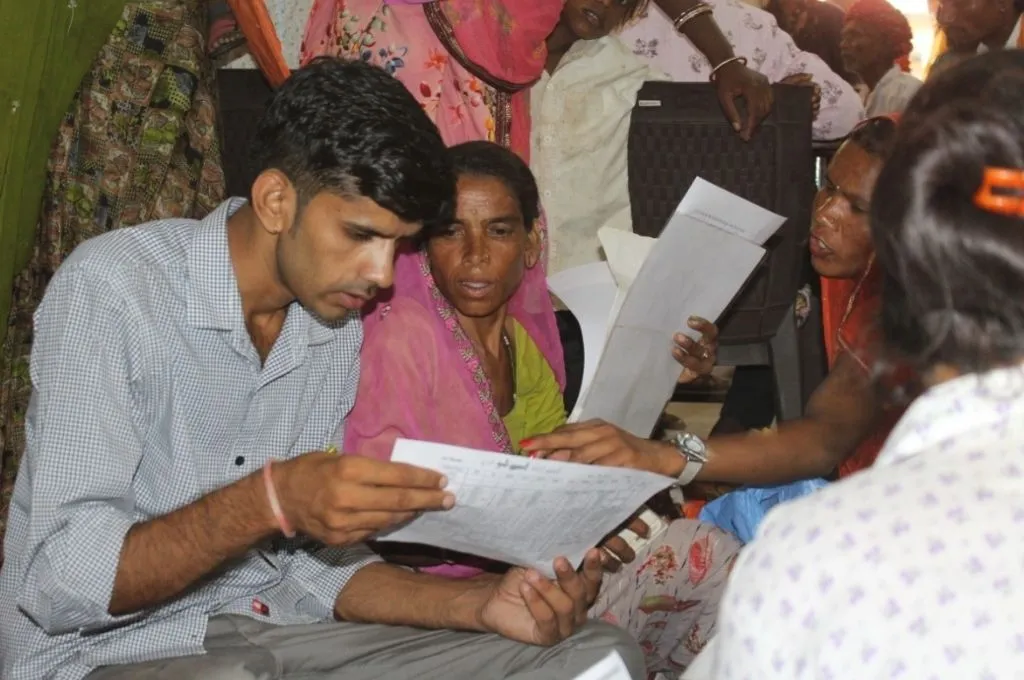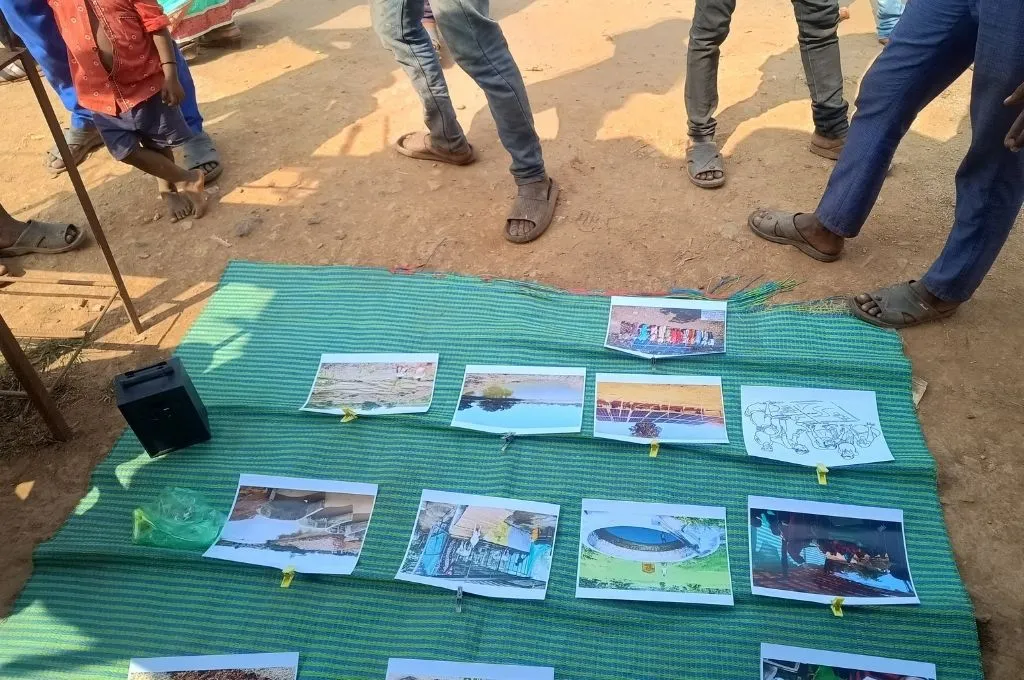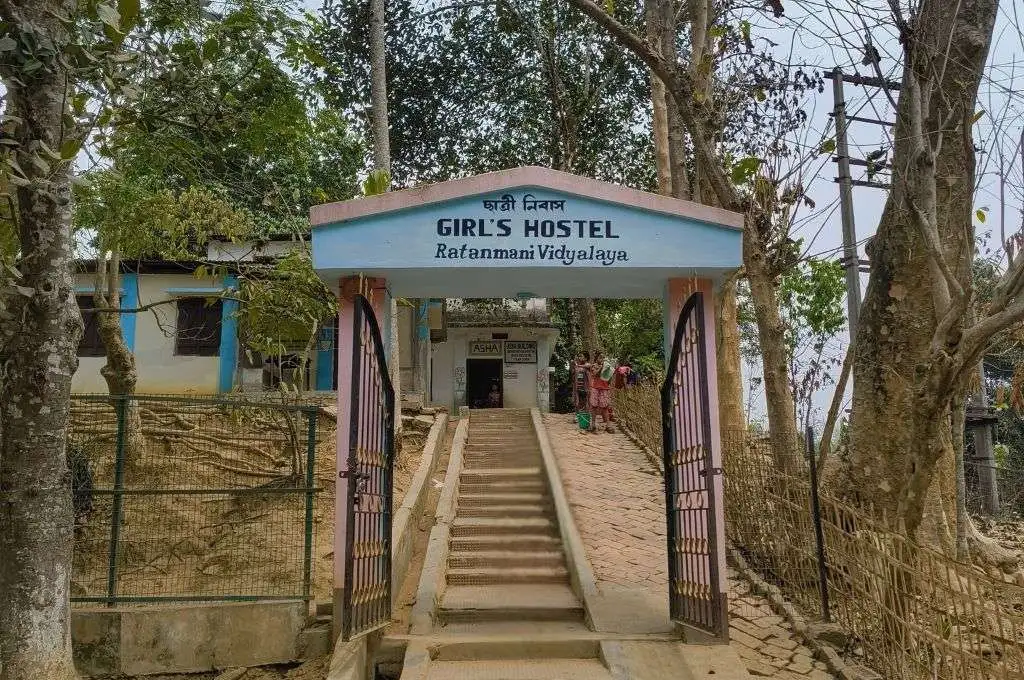Mending fences with elephants
The state of Assam, once a stronghold of the Asian elephant population, finds itself challenged by human-elephant confrontations. With shrinking habitats for the mammal, changing land-use patterns, urbanisation, and a burgeoning human population, the undesirable human-elephant interactions have frequently turned damaging.
Instances of crop and property damages, loss of human lives, retaliatory killings, and poaching all fuel the human-elephant conflict. As per the state’s estimate, approximately 750 people and 250 elephants died in human-elephant conflicts in Assam between 2010 and 2018. In 2019 alone, approximately 75 human and 60 elephant deaths were reported from the state.
One of the reasons for these unnatural elephant deaths is the increasing use of illegal electric fencing. People believe that these fences will protect them from crop-raiding by elephants and human deaths arising from conflict with the elephants. However, because the fences are directly connected to the electricity grid and have high-voltage alternative current passing through them, they lead to the electrocution of elephants. There are also instances of human deaths resulting from people accidentally bumping into these fences.
A community residing in the eastern part of the Manas Tiger Reserve, at a site called Subankhata, is bucking the trend. Since 2014, they have worked together with a local nonprofit Aaranyak to convert electric fences into solar-powered electric fences that are safe for both humans and elephants. These fences are non-fatal as they carry direct current, which provides a short (but non-lethal) electric shock that is just enough to scare the animal that comes in contact with it. Initially, a 14-kilometre-long fence was erected, which benefitted about 1,000 households as well as approximately 100-odd elephants that inhabit the area. Six years down the line, the fences are still functional and no incidents of elephant or human deaths have occurred in the area ever since.
Chhavi Arora is a development professional at Clean Energy Access Network (CLEAN) and Aaranyak is part of CLEAN.
—
Know more: Read about how the COVID-19 pandemic has helped us understand how closely connected ecosystems, wildlife, and people are.



